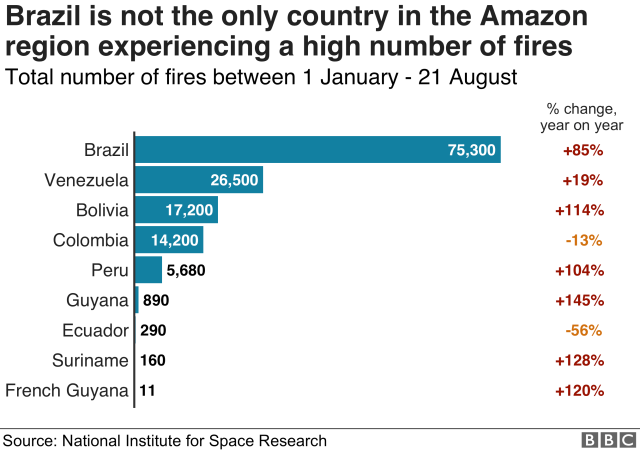
Photo by rawpixel.com on Pexels.com
Biarritz, southwestern France is hosting the 45th meeting of seven of the world’s most advanced economies from August 24-26. The Group of Seven (G7) is an informal grouping of seven of the world’s unconventional economies, as well as the EU and European Commission. World’s advance economies include Canada, France, Germany, Italy, Japan, the United Kingdom and the United States
The Green Climate Fund is the largest international fund dedicated to helping developing countries take action on climate change. Green Climate Fund helps developing countries limit or reduce their greenhouse gas (GHG) releases and adjust to climate change. It was set up by the 194 countries who are parties to the United Nations Framework Convention on Climate Change (UNFCCC) in 2010, as part of the Convention’s financial mechanism. It aims to deliver equal amounts of funding to mitigation and adaptation, while being guided by the Convention’s principles and provisions. It’s a perilous part of the Paris Agreement, but currently, the GCF experiences a crisis of confidence. In 2019, countries are due to obligate another round of pledges to the GCF, so the fund needs to get back into shape very quickly.
The Green Climate Fund (GCF) pays precise dedication to the desires of civilizations that are highly susceptible to the effects of climate change, in particular Least Developed Countries (LDCs), Small Island Developing States (SIDS), and African States. Britain, Canada and France are the latest countries to announce donations to the Green Climate Fund (GCF), providing a vital indication that leading countries are stepping up climate finance. Such finance is vital to aid developing countries green their economies and build pliability to the unavoidable impacts of climate change.
The donations, amounting to Euro 1.44 billion, CAD 300 million and Euro 1.548 billion respectively, were proclaimed during the recent G7 summit of industrialized nations hosted by France. These new pledges follow those made by Germany and Norway, which were the initial countries to announce contributions to GCF at the end of 2018. So far, four countries –United Kingdom, France, Germany and Norway – have confirmed a doubling of their initial aids in national currency.

A G7 statement addressing climate, biodiversity and oceans released after the three-day gathering of world leaders indicated a number of countries which appeared the G7 are presently finalizing charities to GCF’s renewal and called on other countries to donate to GCF’s “substantive first replenishment” to improve GCF’s impact.
Canada will host GCF’s second consultation meeting in Ottawa on 29-30 August. This will be followed by a pledging conference in autumn this year. GCF replenishment is also high on the UN Secretary General’s Climate Action Summit agenda on 23 September.
GCF’s first official replacement was thrown during the 21st GCF Board meeting in October 2018. The process includes session meetings with potential contributors, developing countries, GCF Board members and concerned shareholders on the intentional directions of the Fund to respond to the resolution of climate action in developing countries.
GCF has now allocated over USD 5.2 billion to 111 climate projects in 99 countries. In. addition to project funding, the Fund has also approved USD 160 million for capacity building activities (known as readiness support) helping 126 developing countries identify and address their most pressing climate finance challenges.










